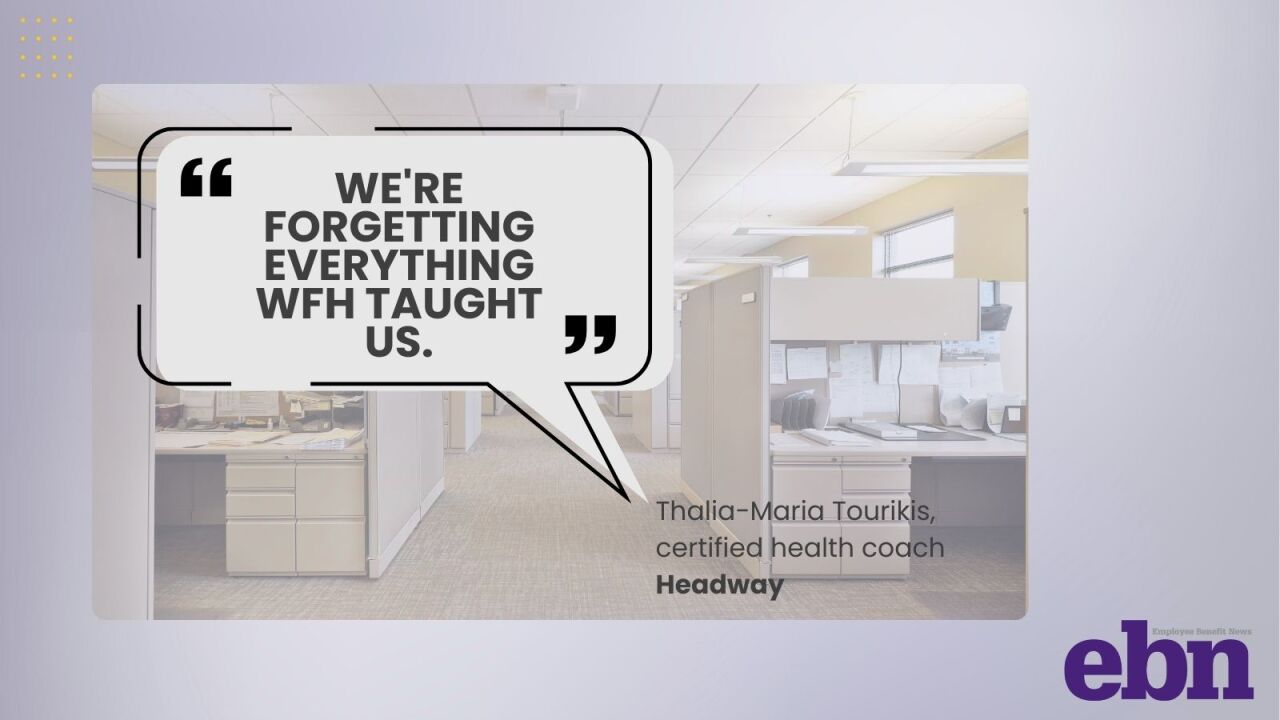Employees have
According to Schroders' 2025 U.S. Retirement Survey, American workers believe they'll need $1.28 million to retire comfortably. However, just 30% of respondents expect to hit the $1 million mark, while less than half anticipate retiring with less than $500,000. Twenty-six percent expect to have under $250,000.
Overall, 81% of workplace plan participants say they're at least somewhat concerned about outliving their assets in retirement, the survey found. Despite this significant disconnect between retirement aspirations and financial realities, benefit managers have an opportunity to support their workforce through targeted benefits and education.
Read more:
"It's difficult to focus on saving for retirement amid a seemingly endless supply of competing financial goals and obligations," Deb Boyden, head of U.S. defined contribution at Schroders, said in a release. "If you don't stay on track with saving in your workplace retirement plan, it's unlikely you'll be able to retire on your own terms,"
Barriers to saving and investment
Although 69% of respondents say their
On the flip side, 19% have actually decreased their contributions — most within the past two years — while 17% have borrowed against their retirement funds, the Schroders report found. These loans were often used to cover emergencies (29%), pay down debt (25%), or offset high living costs (22%).
At the same time, risk aversion is influencing how employees allocate their retirement savings. More than a third don't know how their assets are distributed, and safety concerns and confusion around investing are major drivers behind this conservative stance.
Read more:
The Schroders survey reveals the reality the retirement readiness gap is not just about inadequate savings — it's about a lack of confidence, education and support. Employers who step in to provide better tools and guidance can play a pivotal role in helping employees achieve long-term financial security.
Promoting and simplifying auto-escalation features within retirement plans can make it easier for workers to gradually increase their contributions without feeling a pinch. Additionally, offering emergency savings accounts can help employees avoid dipping into their retirement funds when unexpected expenses arise. Providing personalized financial education — through webinars, seminars, or access to advisers — can help demystify investment choices and build financial confidence.
Read more:
Including matching contributions and other incentives encourages participation and reinforces consistent saving behaviors. Lastly, integrating financial wellness tools such as budgeting resources, debt management support, and retirement calculators can empower workers to make more informed decisions while easing financial stress.
"For most plan participants, saving for retirement is the quintessential long-term goal," said Boyden. "If you're five or more years away from retiring, a modest amount of cash could help you take advantage of tactical investment opportunities and help accumulate wealth more efficiently and narrow any savings gaps."






